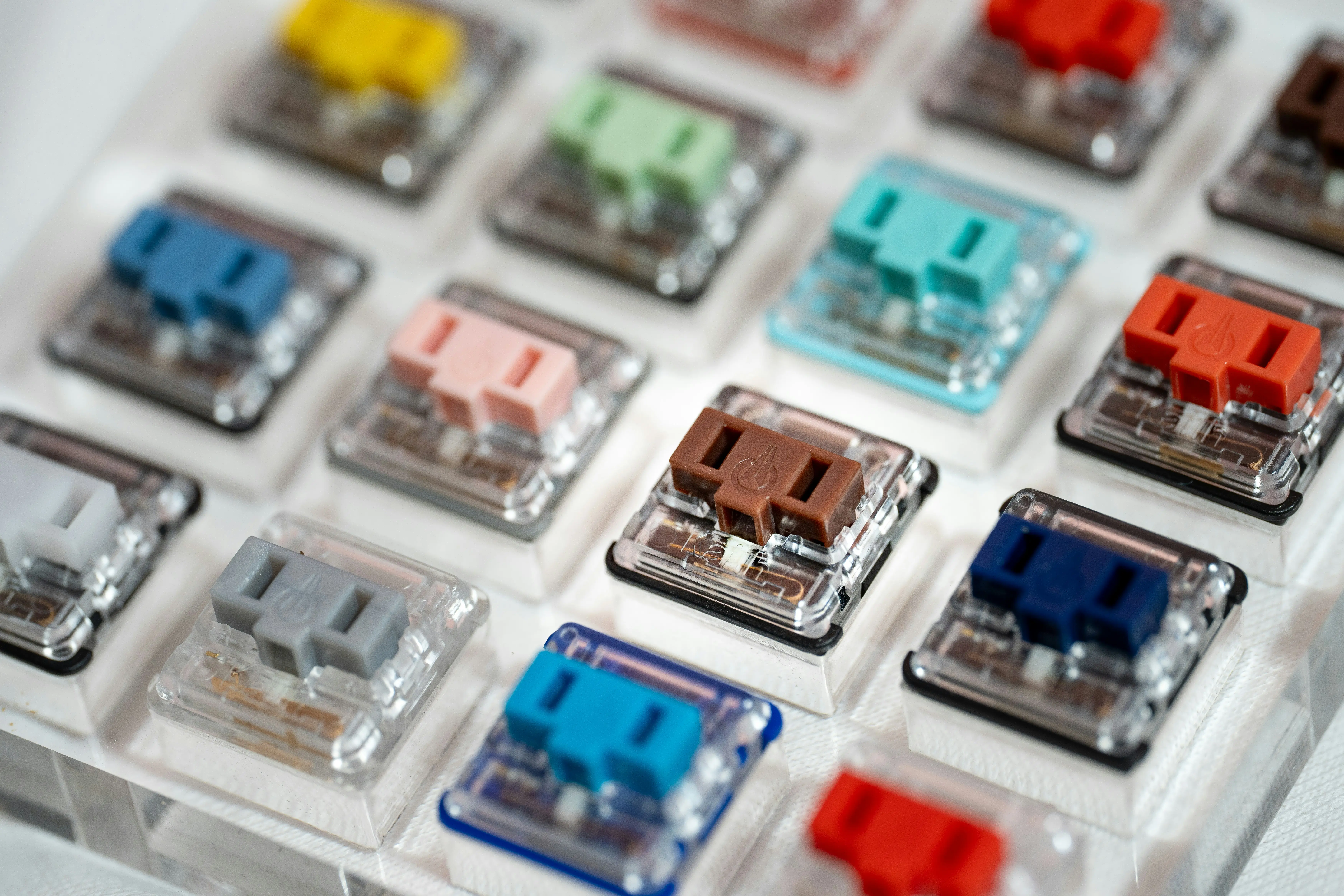Question: How do I know if my car has CAN Bus?
Answer:
CAN (Controller Area Network) Bus became mandatory in the US for all vehicles starting with the 2008 model year. To find out if an older model vehicle has CAN Bus, you’ll need to inspect the OBD II Connector—if pins 5, 6, 14, and 16 are connected, your vehicle supports CAN Bus.
Pro Tip:The OBD II connector is usually located under the dashboard near the driver’s seat. Consult your vehicle’s manual if you have trouble locating it.
What is CAN Bus?
The CAN Bus is a system that allows different parts of a vehicle to communicate with each other without the need for a central computer. It simplifies wiring and enhances the speed and reliability of data exchange between vehicle components. This technology is crucial for modern vehicles, which rely on complex electronic systems for various functions.
Why is CAN Bus Important?
CAN Bus systems provide numerous benefits, including:
- Enhanced diagnostic capabilities: CAN Bus allows for comprehensive communication between all electronic control units (ECUs), enabling mechanics to quickly diagnose issues using a single diagnostic tool—an OBD-II scanner—that can access information from all systems in the vehicle.
- Streamlined wiring: By reducing the amount of wiring needed, CAN Bus systems simplify the vehicle’s electrical architecture, making it easier to manage and maintain.
- Improved performance: Reliable and fast data transmission between vehicle systems leads to better overall performance and responsiveness.
- Easier maintenance: Simplified diagnostics and reduced wiring complexity make maintenance and repairs more straightforward.
Are there different types of CAN Bus systems?
Yes, there are several types of CAN Bus systems, including high-speed CAN and low-speed CAN, each serving different functions within the vehicle.
High-Speed CAN (ISO 11898-2)
High-speed CAN is the most commonly used type of CAN Bus system in modern vehicles. It operates at speeds up to 1 Mbps (megabits per second), making it suitable for critical vehicle functions that require fast and reliable data transmission, like engine and transmission control and ABS systems.
Low-Speed CAN (ISO 11898-3)
Low-speed CAN, also known as fault-tolerant CAN, operates at speeds up to 125 kbps (kilobits per second). This type of CAN Bus is designed for less critical functions that do not require high-speed data transmission, like window controls, lighting systems, and climate control.
The Future of CAN Bus in Automotive Safety
Looking ahead, the CAN Bus system will stay important but will be shaped by big trends. As cars need to send more data faster, we might see a shift to newer systems like CAN FD, CAN XL, or Automotive Ethernet. These upgrades will allow for more advanced features and quicker communication.
With cars connecting to the internet and using cloud computing, we can expect improvements like predictive maintenance and remote updates, making vehicles more efficient. However, these features also bring cybersecurity risks.
There’s an ongoing debate between open-source supporters and car manufacturers. The push for ‘Open Source’ and the Right to Repair aims to make vehicle data accessible to everyone, conflicting with manufacturers wanting to keep data private for subscription services. This debate will influence how the CAN Bus system evolves in the automotive world.

Sarah Gray is an insurance writer with nearly a decade of experience in publishing and writing. Sarah specializes in writing articles that educate car owners and buyers on the full scope of car ownership—from shopping for and buying a new car to scrapping one that’s breathed its last and everything in between. Sarah has authored over 1,500 articles for Jerry on topics ranging from first-time buyer programs to how to get a salvage title for a totaled car. Prior to Jerry, Sarah was a full-time professor of English literature and composition with multiple academic writing publications.

Expert insurance writer and editor Amy Bobinger specializes in car repair, car maintenance, and car insurance. Amy is passionate about creating content that helps consumers navigate challenges related to car ownership and achieve financial success in areas relating to cars. Amy has over 10 years of writing and editing experience. After several years as a freelance writer, Amy spent four years as an editing fellow at WikiHow, where she co-authored over 600 articles on topics including car maintenance and home ownership. Since joining Jerry’s editorial team in 2022, Amy has edited over 2,500 articles on car insurance, state driving laws, and car repair and maintenance.








